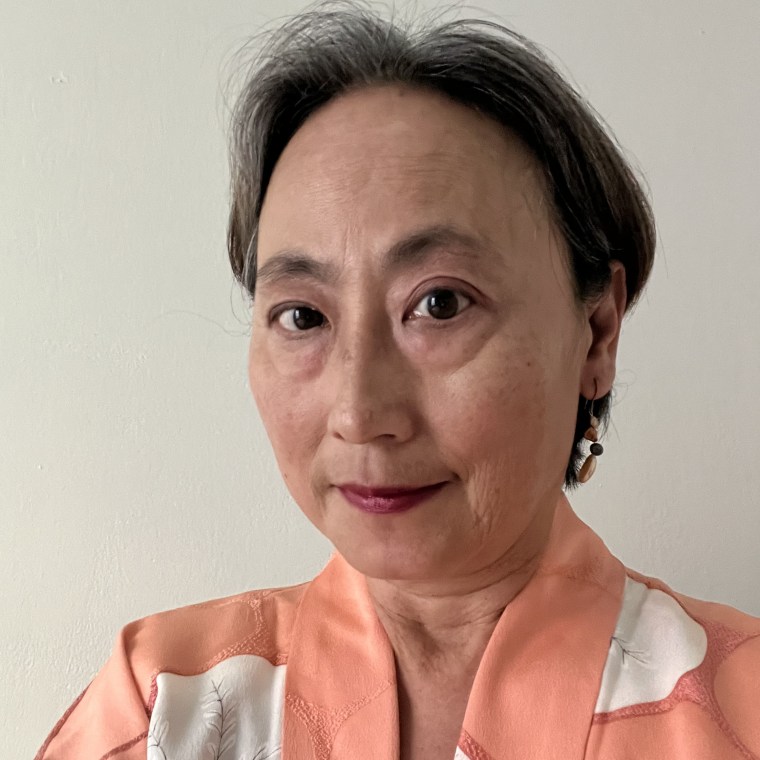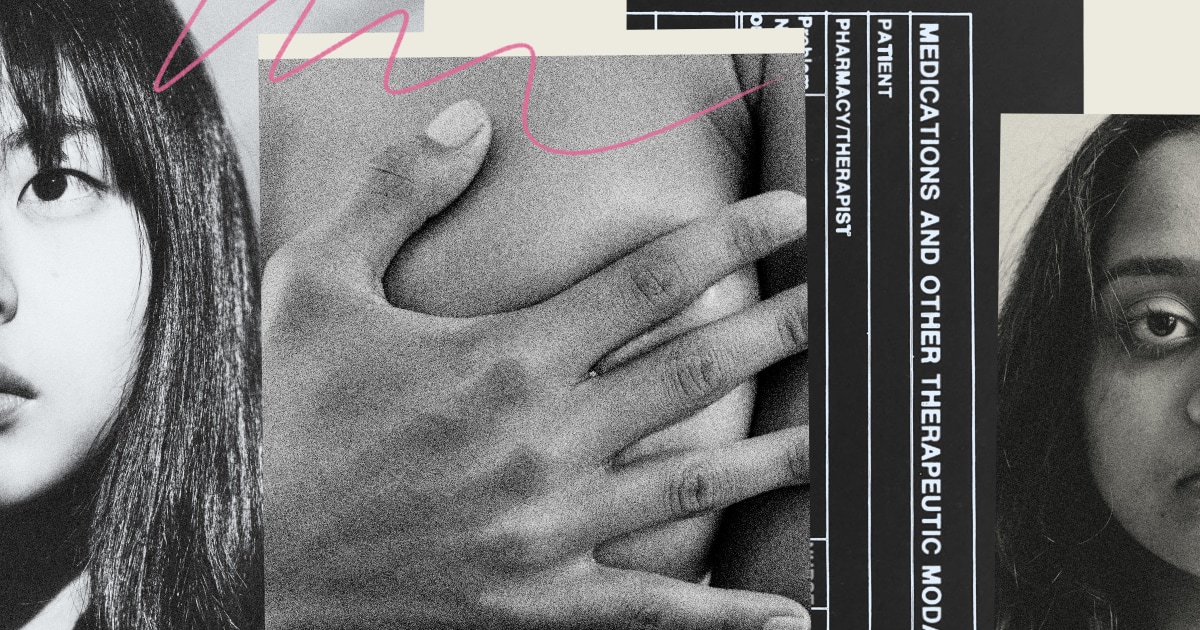Chien-Chi Huang was 40 when she requested her first mammogram at the hospital, shortly after her aunt died from breast cancer. The radiologist didn’t detect a tumor because she had dense breast tissue that can hide cancer on a mammogram.
Soon after the mammogram, Huang said she felt a lump under her armpit and began experiencing flu-like symptoms. Four months later, she was diagnosed with triple-negative breast cancer, one of the most aggressive forms of the disease.
“As Asian Americans, we don’t have a prevention mindset and tend to only go to hospital when we’re sick,” said Huang, now 59 and an advocate for early screening among Asian American women.
Since 2000, breast cancer incidence among Asian American and Pacific Islander women under 50 years old has increased by 50%, more than 2% every year since 2012, according to a new report from the American Cancer Society.
AAPI women in this age cohort had the second-lowest rate of breast cancer among all racial groups in 2000. They now have the highest rate alongside white women, about 86 per 100,000.
“Breast cancer is still more common the older we get, but it’s alarming to see younger women being diagnosed,” said Dr. Helen Chew, director of the clinical breast cancer program at UC Davis Health.
Breast cancer has risen sharply among younger Asian American women in the past quarter century due in part to acculturation and greater awareness around screenings, though experts say more research is required to determine exact causes for specific ethnic groups.
Asian women like Huang have a higher prevalence of dense breasts, meaning there are more glands and tissue than fat, than women of other races, likely due to genetic factors and lower body mass indexes, experts say. And women with dense breasts are four times as likely to develop breast cancer as those with fatty breasts, an issue experts say needs more awareness.

One possible reason for the spike in breast cancer incidence among AAPI women is increased westernization, or the adoption of lifestyle choices not endemic to Asia, said Scarlett Lin Gomez, an epidemiologist at the University of California, San Francisco, who’s leading the first long-term study of cancer among Asian Americans.
“Established risk factors for breast cancer have typically been more common in westernized and industrialized countries,” Gomez said, noting that the increase in breast cancer among women in Asia has been linked to economic development and practices such as delayed childbearing, eating a Western diet high in refined grains and trans fats, growing alcohol consumption and the use of hormone therapy.
Late pregnancies may increase the risk of breast cancer because breast cells have more time to accumulate genetic damage as a woman ages, and hormonal changes during pregnancy can stimulate the growth of damaged cells.
Asian women who immigrate to the U.S. are more than twice as likely to develop breast cancer than U.S.-born Asian women, a trend that Gomez said could be associated with the higher socioeconomic status and education level of more recent immigrants.
Women from higher socioeconomic classes, Gomez said, tend to have “more risk factors for breast cancer, especially as they are coming from Asia, where we have been seeing very rapidly increasing rates of breast cancer.”
Since Asian Americans are such a heterogeneous group, Chew said, incidence and mortality rates vary widely among different ethnic groups. Korean, Chinese, Filipina and South Asian American women face the highest risk of breast cancer. Most Asian American women, including Chinese and Japanese Americans, are less likely to die from breast cancer than white women, but the mortality rates for Filipina and Pacific Islander women are 30% higher.
Socioeconomic status and education level, which vary widely between Asian Indians and Pacific Islanders or Southeast Asians, could explain these disparities in breast cancer incidence and mortality, Chew said.
“Breast cancer is the only cancer with such vast disparities among AAPIs,” Chew said, noting that researchers would have to conduct long-term studies on each subgroup to find answers. “You wonder if it has to do with education and class. Is it biology? Is it cultural? It’s hard to know.”
Among younger Asian American women, Gomez said, rising obesity rates, increased access to screenings, and environmental exposure to chemicals like PFAS can be “early indicators of the onset of cancer.” On the other hand, she said, younger generations may carry traits that make them especially vulnerable: Gen Xers and millennials are more likely to be diagnosed with 17 types of cancer, half of which had been declining in older adults. Experts have pointed to obesity, a more sedentary lifestyle and chemical exposures as common risk factors.
Gomez said it’s notable that the increase in breast cancer among younger Asian American women is evident across all stages of disease, an indication the trend is not entirely attributable to screenings. She and other researchers at UCSF are studying unique and emerging risk factors in Asian American women who may be predisposed to breast cancer.“We’re hypothesizing something related to stress, maybe due to living, work or discrimination,” Gomez said.
The mortality rate for Asian American women under 50 years old has not dropped in the past two decades, even though the death rate among all women has fallen by 30%. Studies have shown that Asian American women may be prone to a more aggressive type of breast cancer, caused by the HER2/neu protein, than women from other racial groups.
AAPI women collectively have among the lowest screening rates, which experts say may have contributed to a stabilizing, rather than falling, mortality rate. At the same time, the stigma around cancer is still widespread within the diaspora, as well as the culturally embedded belief that consulting a doctor is only necessary when the pain is unbearable.
Disaggregating data is key to understanding what’s driving the rapid rise in breast cancer among Asian women, Chew said.
“There has to be a better effort at categorizing patients and not just lumping groups into ‘Asian America’ umbrella,” she said. “Recent immigrants from Southeast Asian countries are different from Japanese Americans who have been here for generations.”








